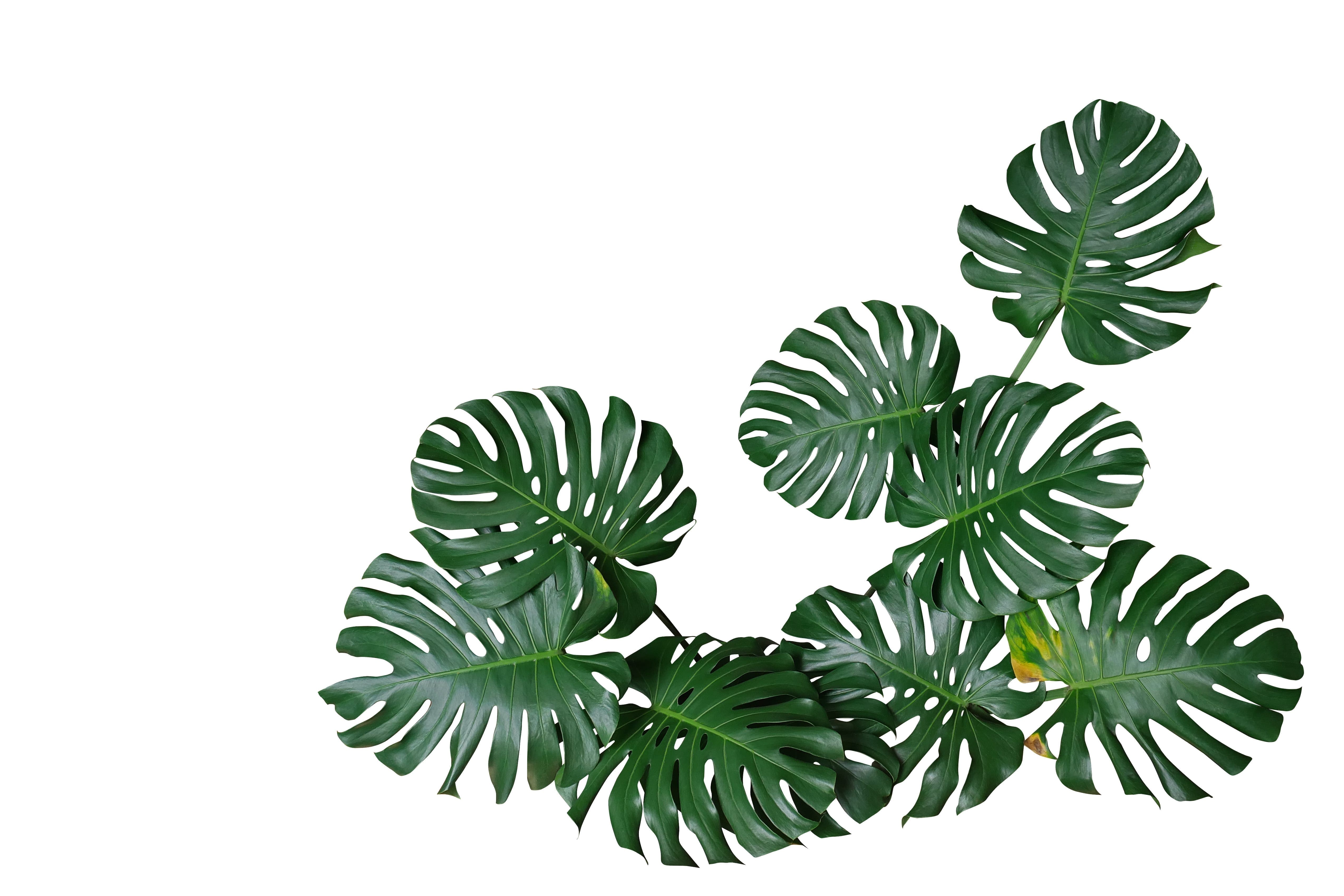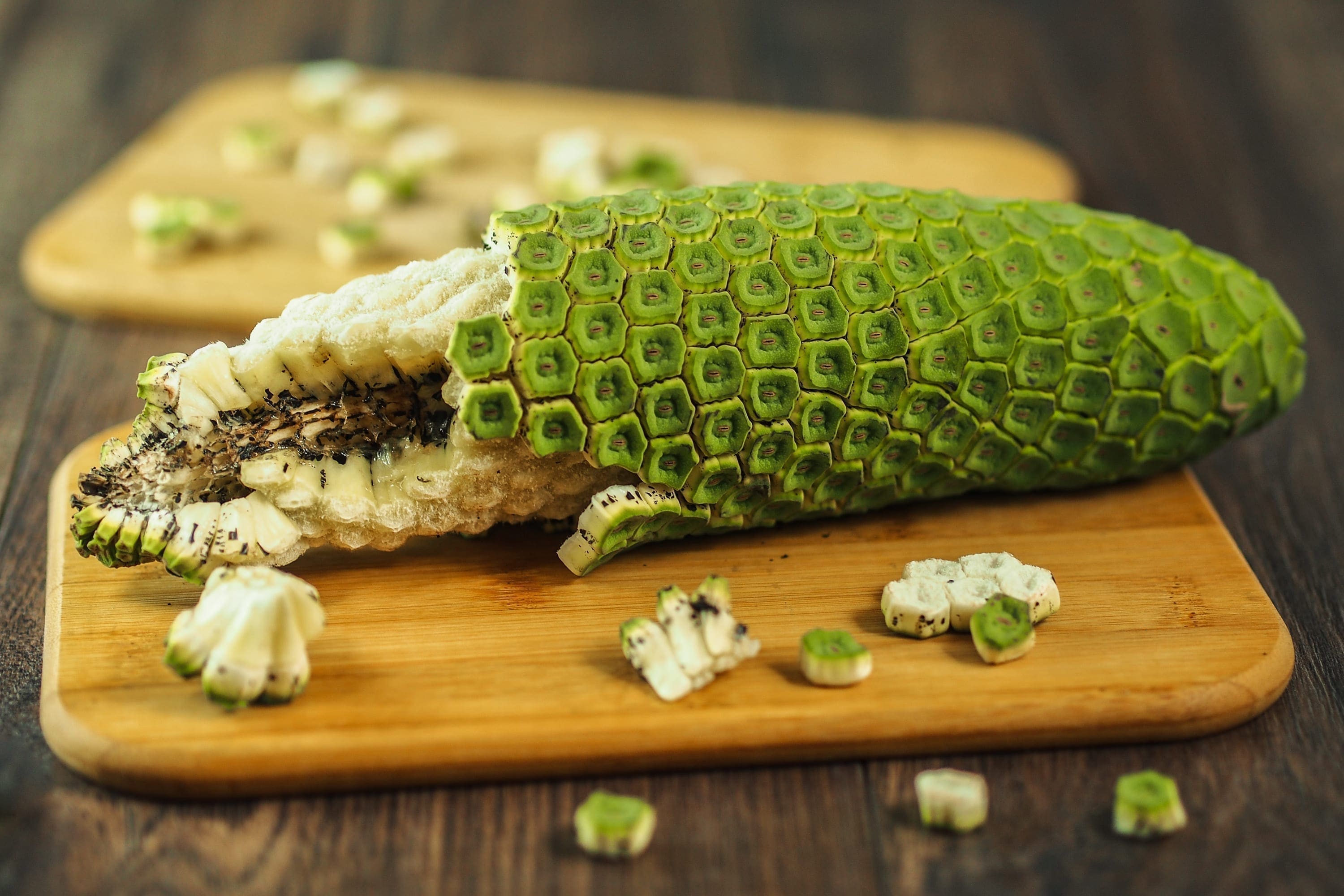
Monstera Deliciosa
Monstera Deliciosa
A Classic Favorite House Plant
Monsteras have always been very popular among plant collectors. We just have to take a look at any trending Instagram feed to find loads of posts featuring these beautiful plants. This rise in popularity has also given way to the hashtag #monsteramonday, where people kick off the week by showing off their monsteras through social media platforms. For plant lovers, there’s no better way to start your Monday!
While there are several other beautiful species of Monsteras out there, the Monstera deliciosa remains a classic favorite house plant for any gardener and plant lover.
Monstera deliciosa is also commonly known as the “swiss cheese plant,” describing the holey fenestration on the leaves. These holes actually have a cleaving function for the plant, allowing light to penetrate in between. This enables the leaves to spread out over a large area by using less energy.
The fenestration is also one of the most attractive details of this plant, creating a lovely lace-like appearance on the foliage. Larger, more mature leaves produce more fenestration and splitting than younger leaves, which can sometimes have none.
Edible when ripe
The monstera deliciosa produces edible flowers known as inflorescence. It is sometimes referred to as the “fruit salad plant,” producing a delicious and edible fruit when ripe. Some describe the taste as a combination of banana, mango, strawberry, passion fruit and pineapple! Fruits on the monstera deliciosa take approximately 10 months to ripen. You can tell that the fruit is ripe when the scale on the outside loosens and the inside becomes white or yellow.
Some words of caution, though: eating an unripened monstera deliciosa fruit can cause unpleasant burns to the throat due to the calcium oxalate that it produces, which is mildly toxic. Just be sure the fruit is ripe before you bite in!
Other parts of the plant, such as the leaves, should not be eaten as they contain higher levels of calcium oxalate that can cause stomach upset in humans and in pets.
If you have ever taken a road trip around Costa Rica, most likely you have driven past several large specimens of Monstera deliciosa on the side of the highway. This plant is widely spread throughout the country and is native from Mexico all the way down to Panama and Colombia. The Monstera deliciosa is an adaptable plant and has been introduced to many tropical areas around the world. In certain regions such as Hawaii, Seychelles and Ascension Island, it has become a mildly invasive species.
The Monstera deliciosa is a climbing plant that is part of the Aracea family. In the wild, it climbs upward along trees, reaching heights of up to 20 meters tall and producing large, glossy heart-shaped leaves that can measure up to 90 centimeters long x 75 centimeters wide. When cultivated indoors, the plant can reach heights of up to five meters tall, with leaves growing to 45 centimeters wide. Indoors, it is often staked to a moss pole to mimic the structure of a tree and help the plant grow upwards.
 Plant care tips
Plant care tips
We recommend the following plant care tips to keep your Monster deliciosa looking happy and healthy.
Light
Monstera deliciosa thrives in a bright filtered light. Although it can survive in medium light conditions, that will slow down its growth. Direct sunlight should be avoided as it can scorch the leaves.
Water
Monstera deliciosa should be watered sparingly, allowing for the soil to dry out in between waterings. Make sure to use a light, well-draining soil mixture for your indoor monstera.
Humidity
Monsteras are tropical plants that love high humidity and warm weather. They prefer temperatures between 16 and 24 degrees celsius, with humidity levels of 70% or higher.
Fertilizer
Monsteras don’t need much fertilizer. We recommend using a balanced fertilizer every six months containing nitrogen, phosphorus, potassium.
We hope you enjoyed learning about this gorgeous iconic plant! Please feel free to email us with any questions regarding plant care at plantrevolutioncostarica@gmail.com
Happy growing!

